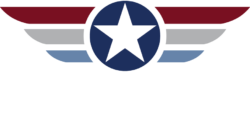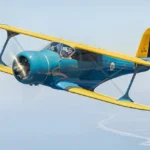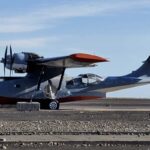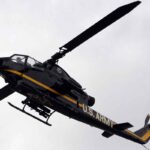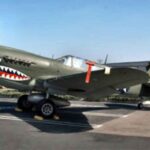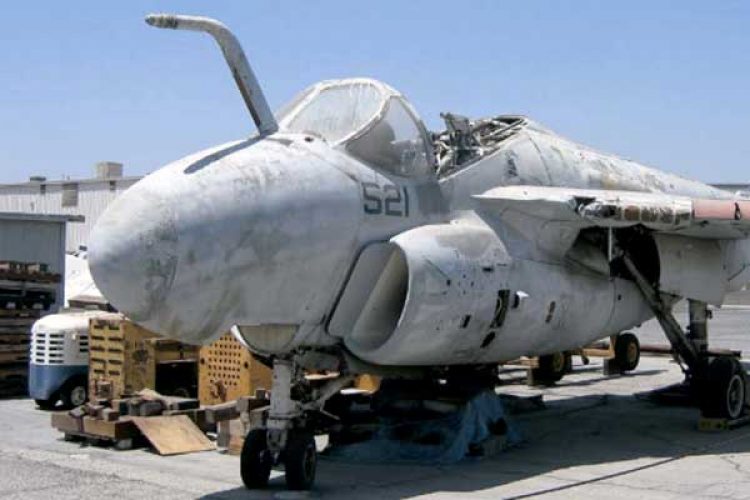
Service History of 155644
- Delivered: December 13, 1968
- Dec 1968 – VA-128 NAS Whidbey Island, WA
- Aug 1969 – VA-165 NAS Whidbey Island, USS America & USS Constellation
- Nov 1975 – VA-145 NAS Whidbey Island, NADEP Alameda, CA & USS Ranger
- Jan 1976 – VA-128 NAS Whidbey Island
- May 1976 – NARF Norfolk, VA
- April 1977 – Converted to A-6E NPRO Rep Bethpage, NY
- Oct 1977 – VA-34 NAS Oceana, VA, USS Kennedy, USS Eisenhower
- Sept 1981 – NPRO Rep Bethpage, NY
- Dec 1981 – VMA(AW)-242 MCAS El Toro, CA, MCAS Iwakuni, Japan, NADEP Alameda
- May 1984 – VMA(AW)-121 MCAS El Toro
- Mar 1988 – NADEP Alameda
- June 1991 – VA-196 NAS Whidbey Island
- Sept 1991 – VA-115 NAF Atsugi, Japan, USS Independence
- Stricken: Oct 1994
In 1956, the Navy issued a requirement for a low-level, long range and all weather attack aircraft, to take over the medium bomber role from the legendary A-1 Skyraider.
The A-6 quickly found itself in combat and proved to be a capable platform. It gained a reputation for being able to carry large loads deep into North Vietnam at night when no other American aircraft could.
First flown in 1970, the A-6E brought improved radar and nav/system computer systems to improve reliability. The new model was produced with almost half new builds, the rest were made from the conversion of older A-6s, as was the case with this A-6.
The A-6E received continual system improvements over its career to enable it to deliver the latest weapons in the Navy inventory. In the end however, it became a victim of the post-Cold War draw down and
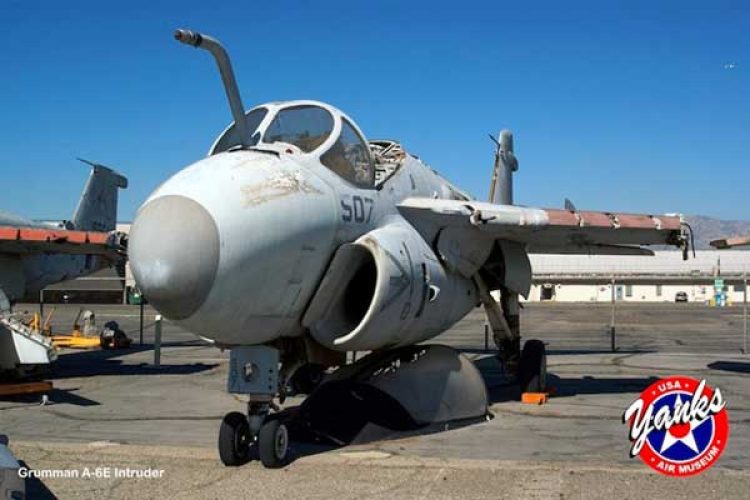
Service History of 160995
No service history available
Though it was intended to be a medium bomber for the Navy, the A-6’s ended up carrying more bombs further than any other aircraft on the carrier. Loads of up to 30 500 lb general purpose bombs were possible, though smaller loads were common.
With the addition of the TRAM turret, the A-6E became the first aircraft on the carrier to be able to designate targets for laser guided bombs (LGBs).
The A-6 became a jack-of-all-trades. It was one of the first aircraft fitted for anti-SAM missions, it took over the carrier’s aerial refueling job and found a lasting niche in Electronic Warfare.
The Marines started the A-6 in the EW or radar jamming role very early on, the EA-6A first flew in 1963. The success of the EA-6A led to the EA-6B, an enlarged A-6 with a crew of four. The EA-6B has been continually improved and is now
